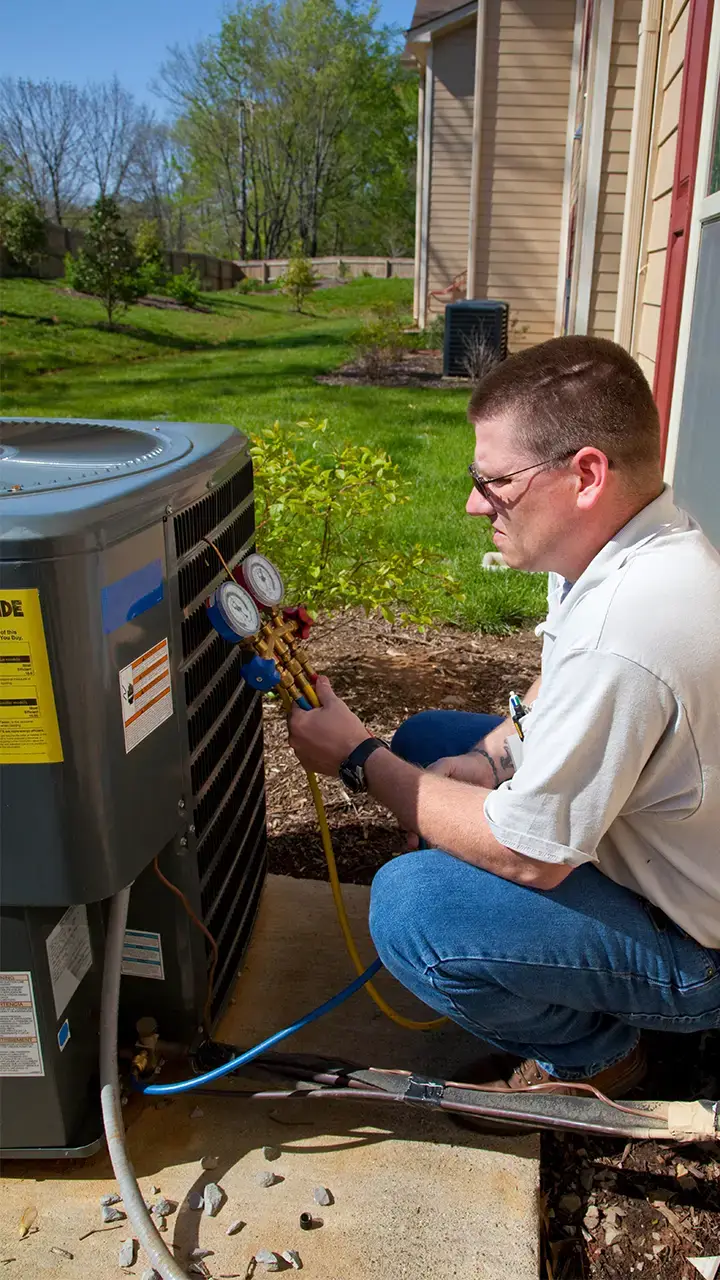Menu
- Air Conditioning Resources
- Heating Resources
- HVAC
- About Us
- FAQs
- How Does Air Conditioning Work?
- How Much Is A New Air Conditioning Unit?
- How Much Does It Cost To Install an Air Conditioning Unit?
- How Much Should a New Air Conditioning Unit Cost?
- How Long Does An Air Conditioning Unit Last?
- How to Add Freon to Your Air Conditioning Unit?
- How To Clean Air Conditioning Ducts?
Close

